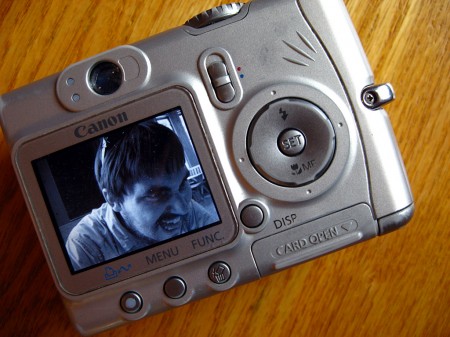A recent Slashdot post raised a good question: Google Has All My Data – How Do I Back It Up?
I am a pretty determined Google user myself. While I have abandoned Blogger for WordPress and never much liked Picasa, I do have a pretty packed Google Account: Alerts, Analytics, Book Search, Calendar, Custom Search, Docs, GMail, Groups, iGoogle, Talk, Web History, and Webmaster Tools are all used to differing degrees. The bolded items, I would definitely mourn if lost.
Backing up most data fed to Google is probably best done by retaining the copy you had before you uploaded one to their system. That works well enough in the case of photos and MS Office documents. It doesn’t work with emails, however. This is annoying, because they are probably the most important and irreplaceable thing most people have entrusted to Google.
Thankfully, backing up your GMail is a relatively simple process. Start on a computer that (a) you already have a regime for backing up itself and which (b) has adequate hard drive space to store all your Google Mail. Then, follow these steps:
- Log into GMail
- Click ‘Settings’
- Click ‘Forwarding and POP/IMAP’
- Click the button beside ‘Enable POP for all mail’
- Configure a mail application like Outlook or Thunderbird to access the POP version of your GMail account.
- Watch all your messages move from Google’s ‘cloud’ to your hard drive
My GMail archive is an extremely valuable collection of data, greatly improved by the ability to search through it with ease. That functionality doesn’t carry over to the backup, but I do feel more at ease knowing that in the event of one of their data centres burning down (with no working backup tapes to recover from), I won’t have lost the messages forever.






